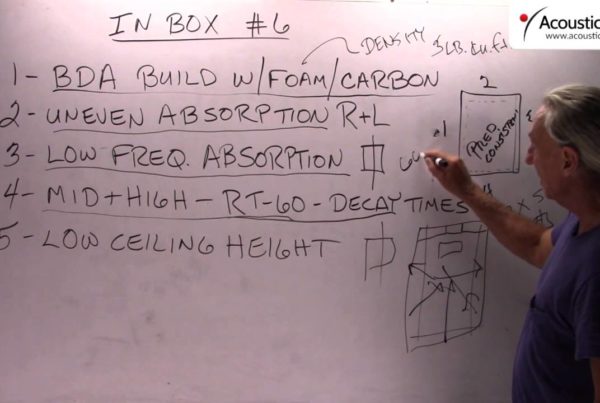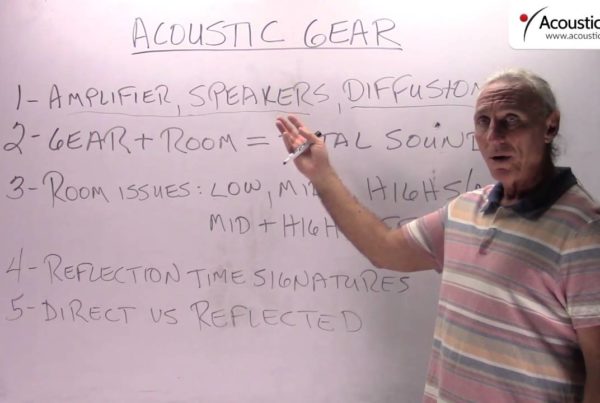Hi Audiophile fans,
It’s time again for Friday mailbag. Today I’m answering an email I got from Scott in Detroit.
Hi Mike,
I’m operating in quite a tight home studio space and think I need to try to isolate my amp. The problem is that when I record using my mic into my amp it’s not far from my computer so when I play it makes my monitor meter spike. It seems to pick up a bit of fuzz on the playback so I’m wandering if a box covered in acoustic foam might be the answer. That way I can isolate it.
Would that work or is it going to cause more problems?
Regards
Scott
—————-
Hi Scott,
The energy that is coming from your amplifier is from two possible sources. You could be receiving fan noise from the cooling mechanism in your amp at the mike position or you could be receiving higher frequency energy transmitted from the electrical circuit systems in your amplifier. Amplifiers do just that, they amplify energy. Maybe that energy is being “transmitted” by your amplifier. RF noise can also be a factor. The fan noise can be dealt with using sound absorption technology. The electrical higher frequency energy being transmitted from your amplifier or into the amplifier must be contained by using barrier technology.
Measure the frequency range of the fan noise and find an open celled or closed cell foam product that will absorb the excess fan noise. You may be able to build a small cabinet lined with foam and place your amplifier in it. If the fan is at the rear of the amplifier you may just need to install the foam around the fan. Try to get the foam as close to the fan itself without interrupting the air flow created by the fan for amplifier cooling.
The higher frequency electrically generated energy from the amplifier or into the amplifier, must be restricted from emanating from the amplifier to other electrical components. To do this, we will have to place the amplifier in a box. Not just any box but one made out of aluminum. Aluminum is the metal that will provide the high frequency energy shield for your other components. If you have both “noise” issues you can use an aluminum box lined with foam. Make sure you do not restrict air flow to the amplifier in your cabinet design.
Regards,
Mike
—————-
If you have a burning question about your home theatre or studio sound then please feel free to mail in to info@acousticfields.com and I’ll answer at the next available opportunity.





